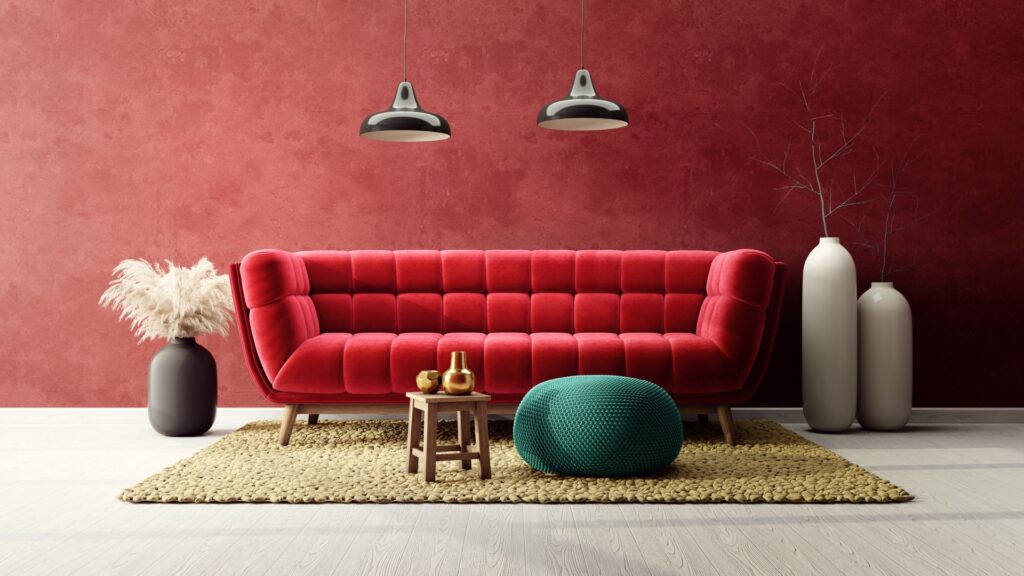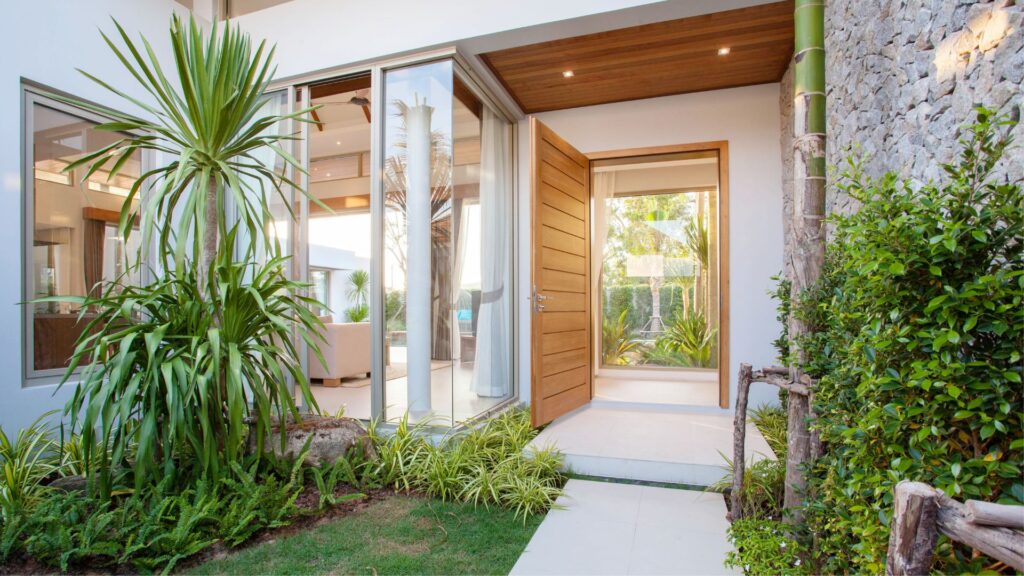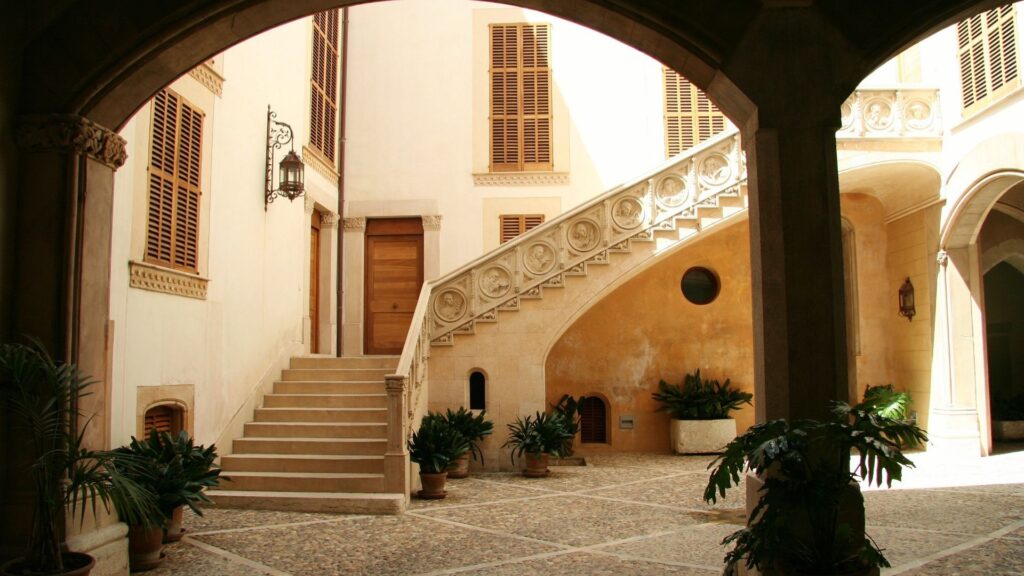Art and architecture, two disciplines that have long been intertwined, come together to create breathtaking masterpieces that inspire and awe. From iconic landmarks to sustainable spaces, the fusion of art and architecture revolutionizes the way we experience built environments. In this blog, we’ll explore the mesmerizing world where art meets architecture.
The Intersection of Art and Architecture
Art and architecture share a common goal: to create meaningful experiences. Architects craft spaces that shelter and inspire, while artists bring emotion and depth to these structures. When art and architecture converge, the results are stunning.
1. Play of Light and Shadow
Have you ever stepped into a room just as the sun rises or sets and felt an instant change in the atmosphere? Architects work with light much like artists work with paint, using windows, skylights, and innovative layouts to control how light moves through a room. The way light dances and shadows shift throughout the day can completely transform a space, creating warmth in the morning or coziness as evening falls.
But it’s not just about looks—light and shadow shape how we feel. Studies show that natural light improves our mood, boosts productivity, and even helps us sleep better. When architects bring sunlight into a space, they’re weaving in a subtle, powerful energy that can brighten our everyday lives in ways we may not even realize.

2. Textures and Materials that Tell a Story
Think about the textures we encounter every day: the cool, polished feel of stone, the warmth of wood, the sturdy presence of brick. Each material used in architecture has its own story to tell—wood brings a natural, welcoming vibe, while glass opens up spaces and connects us to the world outside. Natural stone can evoke ancient places, while reclaimed wood speaks to sustainability and history. Designers often mix materials, like steel with wood or brick with glass, to create layers of contrast and meaning. These choices aren’t random; they subtly influence how we perceive and connect with the spaces around us, adding depth and character to our surroundings.
One timeless example is the granite stone facade—timeless, strong, and grounding. A granite stone facade, like those used in Nandi Housing projects, bring a touch of nature to urban settings. Granite adds not only durability but also a sense of history and elegance. Its textured surface and rich patterns give buildings a unique character, reminding us of the beauty and resilience found in nature. A stone facade makes a subtle but lasting statement: it’s architecture that’s here to stay, blending into the urban landscape with quiet grace.
3. Forms that Inspire Curiosity
We’ve all seen buildings that break the mold with their unconventional shapes—walls that curve, angles that seem to defy gravity, or facades that ripple like waves. These artistic forms aren’t just for show. When architects experiment with shapes, they invite us to stop, look, and wonder. A building with curves or unexpected angles disrupts the usual pattern, giving us something to explore and experience differently.
Curved walls, for instance, create a sense of flow and movement, making spaces feel dynamic and alive. Buildings that mimic organic forms seem to blend seamlessly with their surroundings, echoing natural shapes like hills or rivers. It’s a gentle reminder that our built spaces don’t have to be rigid or isolated; they can connect with the environment in ways that feel natural and even playful.
4. Colors That Evoke Emotion
Color has a direct impact on our emotions. Think of a building with deep, earthy tones that make you feel grounded or one with bright splashes of color that bring a sense of energy. Architects use color carefully, knowing how different hues affect our psychology. Warm colors like oranges and yellows add comfort and joy, while cool tones like blues and greens bring calm and peace.

In public spaces, color serves as a guide. Hospitals, for example, use calming shades to offer reassurance, while schools might feature vibrant colors that spark creativity and enthusiasm. In our homes, colors can make rooms feel larger, cozier, or even more luxurious. It’s this thoughtful use of color that makes spaces feel inviting, making a big impact without saying a single word.
5. Balancing Nature and Structure
When art and architecture come together, they often bring nature closer to us. This doesn’t just mean adding a plant here and there; it means designing spaces that feel like an extension of the natural world. Think of large windows that frame a view, rooftop gardens where greenery thrives, or indoor courtyards that let light and air flow through a building.

This blend of nature and architecture is known as “biophilic design,” and it has a real effect on well-being. Seeing trees through a window or feeling the breeze in a courtyard can make us feel calmer and more connected. It’s a design philosophy that turns buildings into parts of the natural world rather than isolated structures, creating spaces where we can enjoy both the beauty of architecture and the comfort of nature.
6. Connecting the Past with the Present
Some of the most interesting architecture bridges the past with the present, combining historic elements with modern design. It might be a traditional building updated with sleek, minimalist interiors or a modern structure that pays homage to historical forms. This balance of old and new gives buildings a sense of continuity, linking us to history while embracing the future.

Walking through neighborhoods where heritage buildings stand next to contemporary designs, we’re reminded that architecture isn’t just about creating new spaces—it’s also about preserving what came before. This fusion of styles gives cities a richness and depth that makes them unique, allowing us to experience history and modernity in a single glance.
Creating Art in Everyday Spaces
When art meets architecture, something magical happens: ordinary spaces become extraordinary. The way a building catches the light, the textures and materials chosen, the colors and shapes that surround us—all these details come together to create spaces that feel alive. Every door we walk through, every room we sit in, and every window we look out of has the potential to be more than just functional—it can be an experience, a story, a feeling. Good architecture combines these artistic elements with practicality, making spaces that resonate with us, even if we don’t fully realize it.
Next time you find yourself in a space that feels “just right,” take a moment to notice these little things. You’ll be seeing the subtle magic of where art meets architecture—where every detail invites us to experience life in new and beautiful ways.
Nandi Meraki
At Nandi Housing, we’re passionate about creating spaces that bring out this magic of design and artistry. When art and architecture come together, they create places that feel more like home—spaces that are beautiful, meaningful, and built to last. Every detail is carefully crafted, inviting you to experience the harmony of function and beauty in a place you’ll love to call home.


